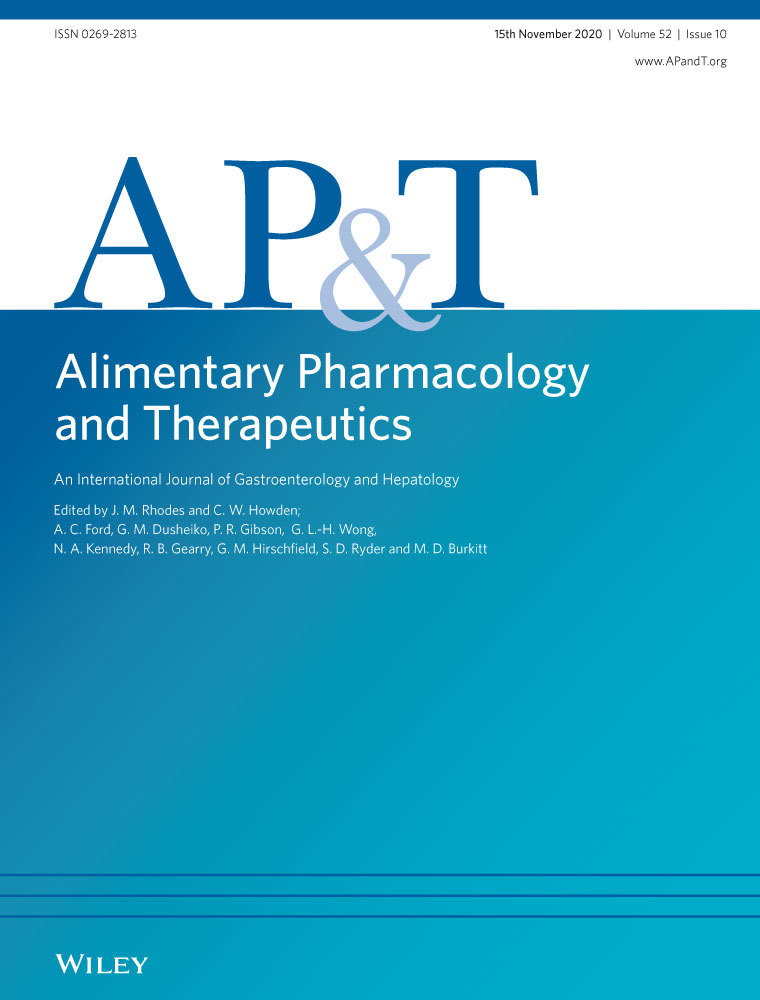Editorial: is age just a number when it comes to treatment of inflammatory bowel disease? Authors' reply
Abstract
LINKED CONTENT
This article is linked to Asscher et al and Ma et al papers. To view these articles, visit https://doi.org/10.1111/apt.16073 and https://doi.org/10.1111/apt.16098
We would like to thank Dr Ma and colleagues for their editorial1 in response to our paper in which we assessed the presence of comorbidity prior to initiating vedolizumab or ustekinumab in patients with inflammatory bowel diseases (IBD).2 In our study, we found that comorbidity, and not patient age, was associated with negative health outcomes (hospitalisations and infections) after the start of second-line biologic therapy.
IBD treatment guidelines state that in all patients, regardless of age, step up of therapy should be considered when the need for more than a single course of corticosteroids in 1 year is present. In their editorial, Ma and colleagues state that, in clinical practice, many gastroenterologists already choose second-generation biologics over anti-tumour necrosis factor (anti-TNF) therapies in patients with a specific phenotype and a higher age or comorbid conditions, due to their favourable safety profile. Although scarce evidence is available on this subject, it could well be that, in clinical practice, anti-TNF therapies are less frequently initiated in older patients. To our knowledge, the current literature does point more towards a prolonged use of low-dose steroids and reluctance to escalate treatment rather than increased use of second-line biologics.3 This reluctance towards escalation of therapy in patients of higher age is mainly based on age-related concerns or a general ‘gut-feeling’, rather than on evidence-based predictors in the older IBD patient regarding safety, effectiveness or health-related quality of life outcomes.
Frailty is best measured by a geriatric assessment and reflects biological age instead of just chronological age. Unfortunately, little evidence is available on frailty in IBD patients. Components of a geriatric assessment and retrospectively assessed frailty are associated with negative health outcomes in IBD patients.4-6 Measuring the level of frailty using a geriatric assessment could very well close the gap between a general ‘gut-feeling’ and applying evidence-based medicine when it comes to treatment strategies in older patients with IBD. Therefore, IBD researchers and clinicians should work towards a biological age-based treatment algorithm, in which level of frailty could be incorporated, including also the presence of comorbidities, to define therapy choices and treatment goals. When that time arrives, we can definitely say that age is just a number in the treatment of IBD.
ACKNOWLEDGEMENT
The authors' declarations of personal and financial interests are unchanged from those in the original article.2




